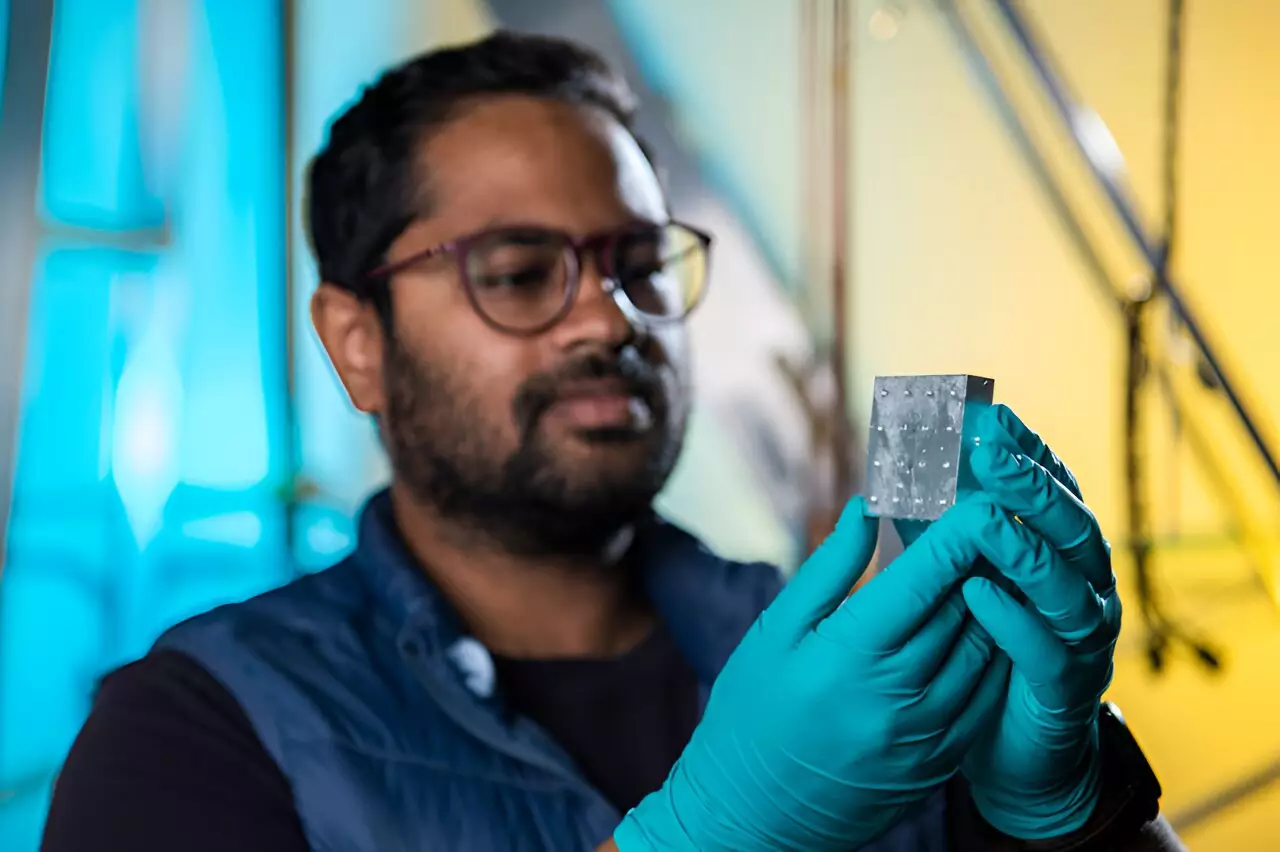Despite making up about 27% of the universe, dark matter remains one of the greatest enigmas in modern astrophysics. Its presence can be inferred from gravitational effects on visible matter, yet current technology does not allow for direct observations. This has led researchers to explore indirect methods to detect dark matter through its interactions with other forms of matter, primarily by generating observable photons. The challenge lies in the simplicity of the mathematical concepts versus the complexity involved in actual detection—dark matter interactions yield signals so faint they often slip under the radar of conventional detection methods.
Advancements in Quantum Techniques
Recent breakthroughs at the U.S. Department of Energy’s Fermi National Accelerator Laboratory and the University of Chicago highlight how innovative quantum techniques can provide a pathway to enhancing the sensitivity of particle detectors. A recent study revealed that researchers increased the detectability of dark matter signals by an impressive factor of 2.78. These findings, which were reported by emerging scientist Ankur Agrawal for his doctoral thesis, emphasize the critical intersection between quantum information science and astrophysical research.
The influence of quantum mechanics in these advancements can’t be overstated; preparing microwave cavities in special quantum states has proved fundamental to optimizing detection efforts. As Agrawal aptly pointed out, this project encapsulated the foundational principles of quantum mechanics that serve as a springboard for innovative experimentation. By creatively harnessing the characteristics of quantum states, scientists made startling progress in piercing the veil surrounding dark matter.
Engineering Detection Solutions
In this groundbreaking experiment, the researchers manipulated superconducting quantum bits, or qubits, to enhance measurement sensitivity within a specially tailored microwave cavity. This is where the intricate interplay of engaging a qubit and mitigating environmental noise takes center stage. Noise, especially at microwave frequencies, tends to obscure the faint signals that dark matter might produce.
To combat this, the team meticulously cooled the cavity using a dilution refrigerator, bringing temperatures to one-hundredth of a Kelvin—an extraordinarily cold environment that dampens thermal noise. In this carefully controlled setting, they were able to engineer interactions that allowed the qubit to engage without annihilating the photons they were attempting to measure. This aspect of the research is vital; it enables repeated measurements on the same photon, amplifying the potential for signal reception while suppressing noise.
Transformative Implications for Science
By creatively engaging the quantum states of light, the researchers have laid the groundwork for a transformative methodology in the ongoing quest to uncover the mysteries of dark matter. This approach mirrors the well-known example of pushing a child on a swing—if the swing is already in motion, it requires less effort to keep it going, much like how an electromagnetic field can be ‘primed’ to react more sensitively to dark matter interactions.
Underlying these developments is the principle of stimulated emission, the same phenomenon that powers lasers. By manipulating how the microwave cavity interacts with incoming dark matter, researchers can amplify the resulting signals, making the elusive particles more detectable.
Impacts Beyond Dark Matter Detection
The implications of this research extend far beyond the boundaries of dark matter exploration. Breakthroughs in quantum sensing may pave the way for discoveries in a wide range of fundamental sciences. As quantum information technologies evolve, their application can lead to enhancements in precision measurement and may open doors to other astrophysical phenomena currently beyond our observational capabilities.
Moreover, this research integrates technical prowess and theoretical frameworks, showcasing a model of collaboration that blends theoretical physicists and experimentalists towards a common goal. The economic ramifications are equally important; streamlining experiments in such a manner increases efficiency, minimizing resource expenditure while maximizing scientific output.
In essence, the Alchemy of quantum detection is no longer relegated to the pages of scientific journals; it is a vibrant toolset at the disposal of physicists, guiding them closer to unveiling the evidence of dark matter’s existence. The journey to understanding dark matter continues, driven by human curiosity and enhanced by the splendid intricacies of quantum mechanics.

